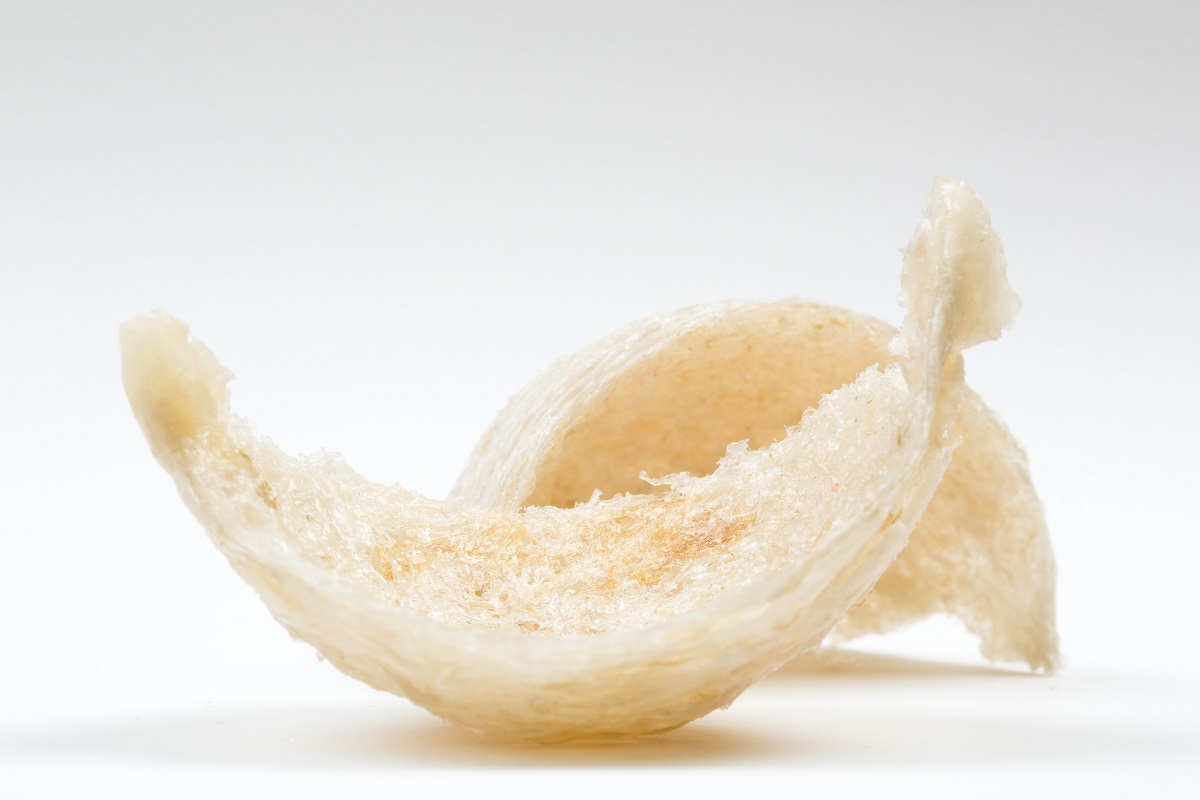What’s the Difference Between Red and White Bird's Nests and Why It Matters

If you're curious about the prized delicacy of bird's nest, you might've noticed the stark contrast between red and white varieties. It's not just about color—a deeper story weaves through their origins, nutritional content, and price tags. Before you pick one for your next culinary or wellness venture, understanding these differences could change your perspective on what you're really getting—and why some nests cost a fortune.
Color, Origin, and Rarity
When comparing red and white bird’s nests, the primary distinction lies in their coloration.
White nests exhibit an ivory shade derived directly from the swiftlet’s saliva.
In contrast, red nests acquire a deep crimson color due to a chemical reaction between the saliva and minerals found in specific cave environments.
The majority of white nests are sourced from limestone caves or birdhouses in Southeast Asia, making them more readily available.
Conversely, red bird’s nests are harvested exclusively from particular cave settings, contributing to their rarity among bird’s nests.
The limited availability and specific origin of red nests result in a higher market value compared to white nests.
Nutritional Content and Health Benefits
Examining the nutritional profiles of red and white bird's nests highlights significant differences that can impact health choices.
White bird's nests are primarily composed of glycoproteins and collagen, contributing to their nutritional value, particularly for skin health and immune support due to the presence of essential amino acids.
These components make white bird's nests potentially beneficial for those interested in skin care and age-related health considerations.
In contrast, red bird's nests are notable for their elevated mineral content, including iron, calcium, and magnesium, which are important for blood circulation, vitality, and respiratory health.
Although both types of bird's nests provide nutritional benefits and have the potential to support the immune system, their health effects differ based on their specific compositions.
Taste, Texture, and Culinary Uses
A notable difference between red and white bird's nests is their texture after cooking. Both types of bird's nests have a mild, neutral taste, which allows them to complement other flavors in various recipes.
When cooked, the white bird's nest develops a smooth, almost gelatinous texture, making it suitable for bird's nest soup and desserts, where its refined texture can be appreciated.
In contrast, the red bird's nest, also made from swiftlet's saliva, has a firmer texture, making it more appropriate for heartier dishes and traditional Chinese medicinal tonics.
When comparing white and red bird's nests, the red variety provides subtle structure, while the white variety is more versatile, fitting well in delicate recipes.
Price Differences and Market Value
In terms of market value, red and white bird's nests exhibit significant price differences.
Red Bird's Nest, often referred to as Blood Bird's Nest, is generally more expensive due to its scarcity and the specific environmental conditions required for its formation, which are typically found in cave nests.
In contrast, White Bird's Nest is more readily available, as it's commonly harvested in nesting houses, contributing to its relatively lower cost.
High-grade red nests can reach prices of up to $14,000 per kilogram, reflecting their prestigious position in luxury markets such as Hong Kong's premium bird's nest soup industry.
Providers like Golden Nest often have a wide selection of both white and red bird’s nest products. Their price disparity highlights the impact of rarity and production conditions on the market value of these products.
Choosing the Best Bird’s Nest for Your Needs
When selecting a bird's nest that aligns with your health objectives, it's essential to consider the specific nutritional benefits each type offers.
If your focus is on achieving healthier skin and enhancing your immune system, the white bird's nest is recommended due to its substantial glycoprotein and collagen content.
On the other hand, if you're looking to improve blood circulation and intake additional minerals, the red bird's nest may be more suitable, as it contains higher levels of iron, calcium, and magnesium. It's particularly beneficial for pregnant women and individuals recovering from illness, although it's relatively expensive.
For those unfamiliar with edible bird's nests, the white nest offers a cost-effective and adaptable option.
Ultimately, the choice of bird's nest should be based on aligning its nutritional properties with your specific health needs and priorities.
Conclusion
When choosing between red and white bird’s nests, consider your needs and budget. White nests are more common, smoother, and affordable—perfect for daily health and beauty. Red nests stand out for their rich minerals, firmer texture, and rarity, making them ideal if you’re looking for deeper nourishment or recovery. Both offer unique benefits, so pick the one that fits your wellness goals, preferences, and wallet. The right choice can truly elevate your health and dining experience.